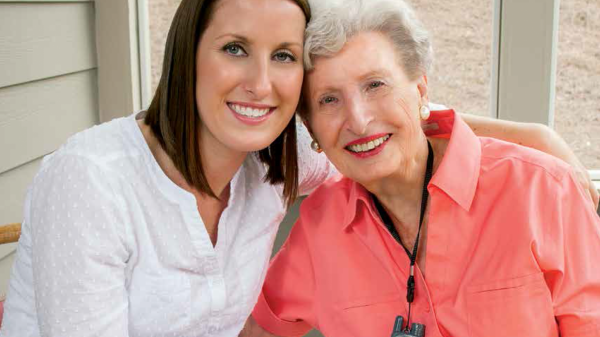Independence & Choice
The obvious benefit of stair lifts is to get a person up and down stairs. Beyond this purely physical benefit is their ability to offer their users freedom and choice, the freedom to move around their existing home and make a move away unnecessary, and the choice to stay in their home or one of their choosing.
People who develop mobility issues have often had to move away from their existing home as the stairs have become too difficult to climb or had their choice of new home severely limited to one stories buildings. A well tailored stair lift solution can give this choice back. You are no longer faced with a move away from familiarity, friends and family or a reduced list of housing options.
Stair lifts also offer a benefit to the relatives of the user – peace of mind. They are great health and safety devices, safely transporting a passenger up and down the stair without incident.
Many users of lifts can move around their home with relative ease but, worryingly for relatives, find the stairs just that bit more difficult. In older houses stairs can be narrower and steeper offing additional challenges to people with mobility problems and again, additional worries for concerned relatives. A well installed, well maintained lift can offer the assurance that a relative can take the stairs safely, every time.
Features
But how do stair lifts work and what features can you expect to find on one? Features obviously vary between models and manufacturers, but here is a basic run-down of some of the most useful ones you can be looking for.
Firstly, a stair or chair lifts are very versatile and can be fitted onto any staircase, whether it’s straight, curved, spiral or even outdoors. A stairlift, in the most basic terms, is simply a chair that runs on a track, precisely following the line of the stairs.
Stairlifts are powered by electricity. Many models these days come fitted with a battery back-up that is on continuous charge. This means that the stair lift can be used even in a power cut. Although power-cuts are not common occurrences, for stair lift users the ability to get up the stairs is not something you can do without. Bathrooms and bedrooms are often located upstairs and any interruption in the power can lead to an uncomfortable wait for the user.
A hand control, integral joystick or buttons are used to move the lift up and down the stairs. If for some reason you are not on the same level as the lift – it can be called using controls at either the top or bottom of the staircase – a great feature to ensure you can never be stranded.
A further safety feature available on some stair lift models is the swivel chair. While the stair lift is moving up and down the stairs, it faces directly away from the wall. When the user is getting on or off the chair, it turns 90 degrees and locks, so that the person can safely dismount, facing away from the stairs.
Seat belts are also included, which are vital for safety, and often a sensor that detects objects in the path of the stair lift. Many lifts have up to six sensors to pick up objects that block the way and prevent damage to the carriage. Sensors are also available that limit the speed of the stairlift and ensure a smooth ride. The ride will differ from model to model, so try a few out to find which suits you best.
Another important feature to look for is a lockout switch that stops it being operated by anyone who is not supposed to. A stair lift can be a tantalizing prospect for a young child and this mechanism ensures they cannot operate it and potentially hurt themselves.
Which Stairlift?
Now you know a little about the features available you can begin looking at different models. The internet is a great place to start. You will find comprehensive information on model features on most manufacturer websites.
So, which model of stair lift should you choose? To provide a quick overview – stair lift models generally fall into two broad categories, straight and curved. Straight models are made for stairs with no bends or half-landings. They are usually much easier to install and cost less than curved variants.
If your staircase has bends, corners or half-landings, you’ll need a curved stairlift. Your stairlift rails will need to be custom-built to ensure a good fit to your stairs. This level of customization means that curved models are more expensive to purchase.
Reconditioned models can be a cheaper alternative to new stair lifts but might not contain all the features of the new versions. Re-conditioned models are fully refurbished used lifts and as a result may not be as feature-packed as totally new models. Just ask the manufacturer for a full feature list.









